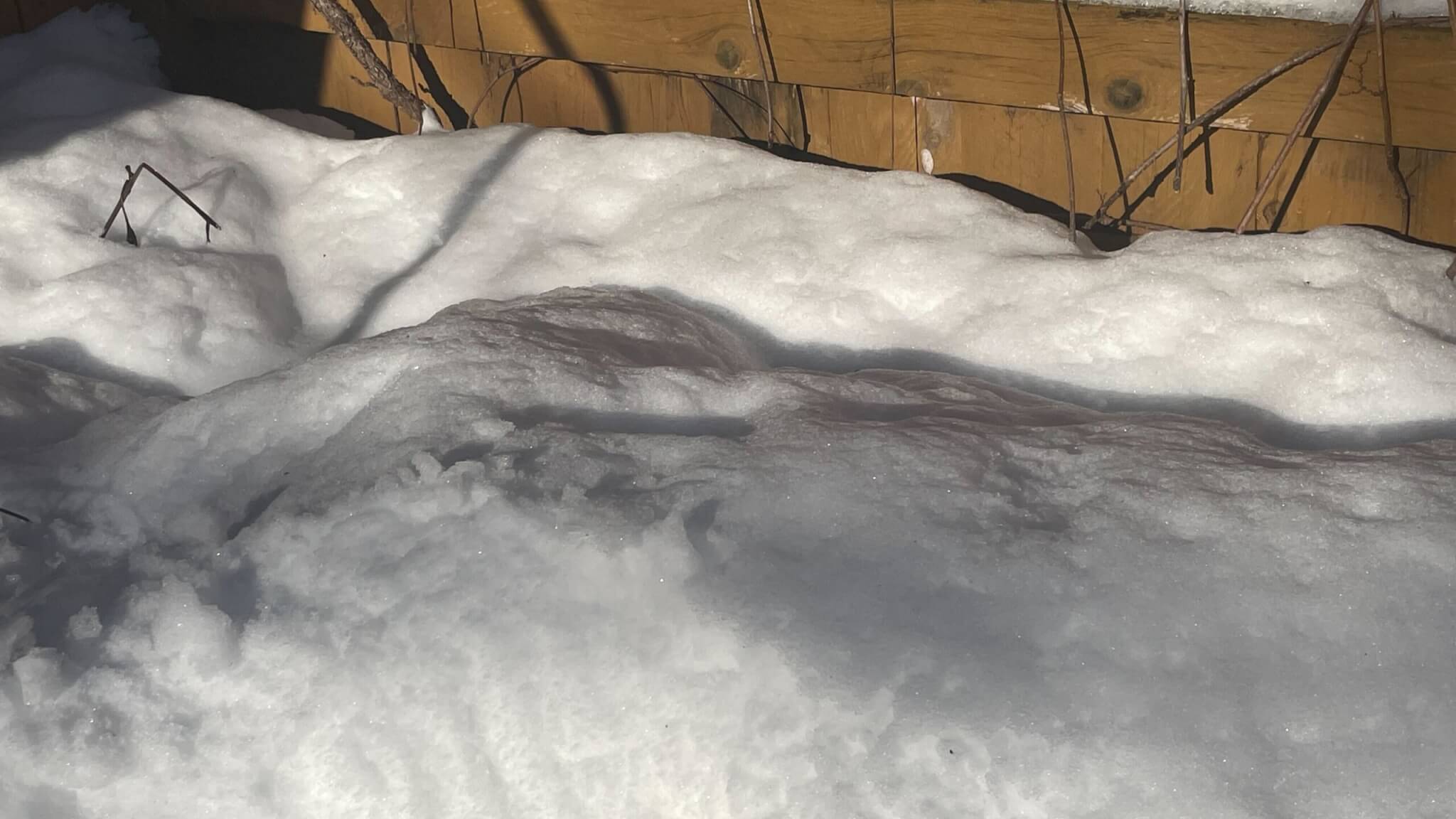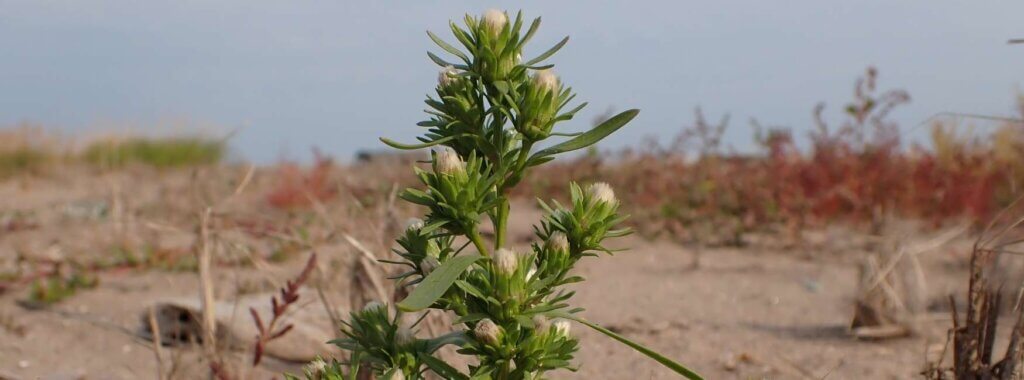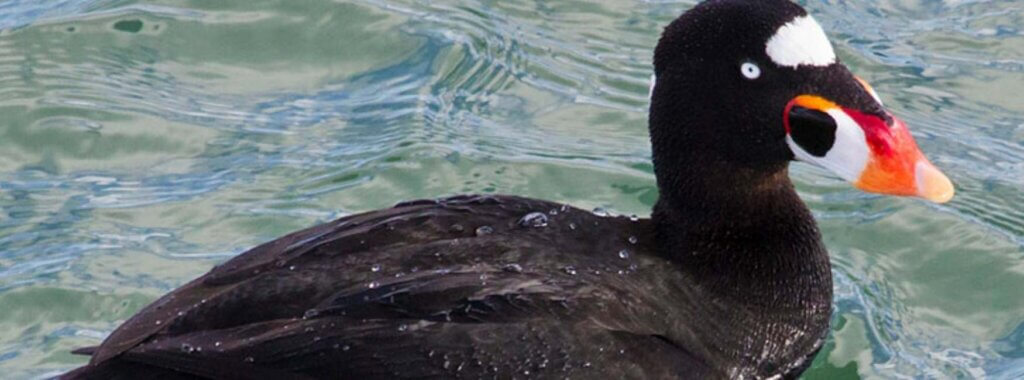Acting to Help Pollinators : Swamp Milkweed Grow-Along, Chapter 2
by Samuel LeGresley, Communications Coordinator, Nature NB

As we learned last month with the first chapter of our adventure, January-February is the ideal time to start the process of stratifying (winterizing) native plant seeds, including milkweed. In this second chapter, we talk about practical actions to get involved in the movement to help the pollinators.
Now that our seeds are resting under the snow, let’s think about some actions we can take to help pollinators and other animals, and thus our community. Got a gardener’s itch (green thumb optional)? Here are five good ways to plan your actions leading up to summer, to help beat the monotony of winter’s short days.
1 – Inform yourselves
Consider incorporating a few native species into your garden.
Native plants are essential for pollinators and the insects that feed birds. As researchers have discovered, you don’t need to include many species to start seeing the benefits, as many of them feed on native plants that have been very common in our area for thousands of years (Source). On the contrary, non-native plants provide very little food for beneficial insects, which struggle to adapt to the expansion of foreign plants (Source).
2 – Act
Order and sow native plant seeds outside in winter
If you haven’t already done so, hop aboard this planting adventure with Nature NB by ordering your milkweed seeds and sowing with us! For the past few years, Nature NB has been sending out packets of milkweed seeds in exchange for a small donation. If you haven’t got yours yet, it’s not too late to order them and start the adventure.
If you want other species, there are a few supplier sites (not yet in NB) that sell seeds of plants native to NB. Do your research, but here are a few to get you started. Be sure to check the Canadian government site, VASCAN, for NB native status! Checking the scientific name is the best way to be sure of a plant’s status.
Here are the ingredients to ensure the success of your winter seedlings:
- Native plant seeds
- Yogurt containers, cut into labels
- Oil-based permanent markers or grease pencils (important to resist rain and snow)
- Pots
- Soil
- Metal grid or old mosquito netting (optional)

And here’s a step-by-step guide to help you get started.
David Suzuki Foundation – Seed Sitters
3 – Persevere and Experiment
Try the fridge method and experiment!
Our milkweed packets come with instructions for trying the fridge method of cold-wet stratification, which involves putting the seeds in a moist growing medium in the fridge for several weeks to simulate the outdoor conditions. It’s worth using if the other methods don’t work, or if you don’t have the space outdoors. The more methods you try, the better your chances of success!
4 – Spread the plants
Share your seeds and seedlings!
If you have a surplus of seeds when you order your packets, share them with your friends, family and neighbors. The same goes for any extra seedlings you may have. Distribute them and I’m sure they’ll be put to good use!
5 – Spread the word!
Partagez la bonne nouvelle, joignez ou partez un mouvement!
Share the good news, join or start a movement!
Join (or start, if it doesn’t already exist!) a nature club, a gardening club, or a seed library for your community.
Examples of movements promoting native plants
Butterflyway Project (David Suzuki Foundation)




